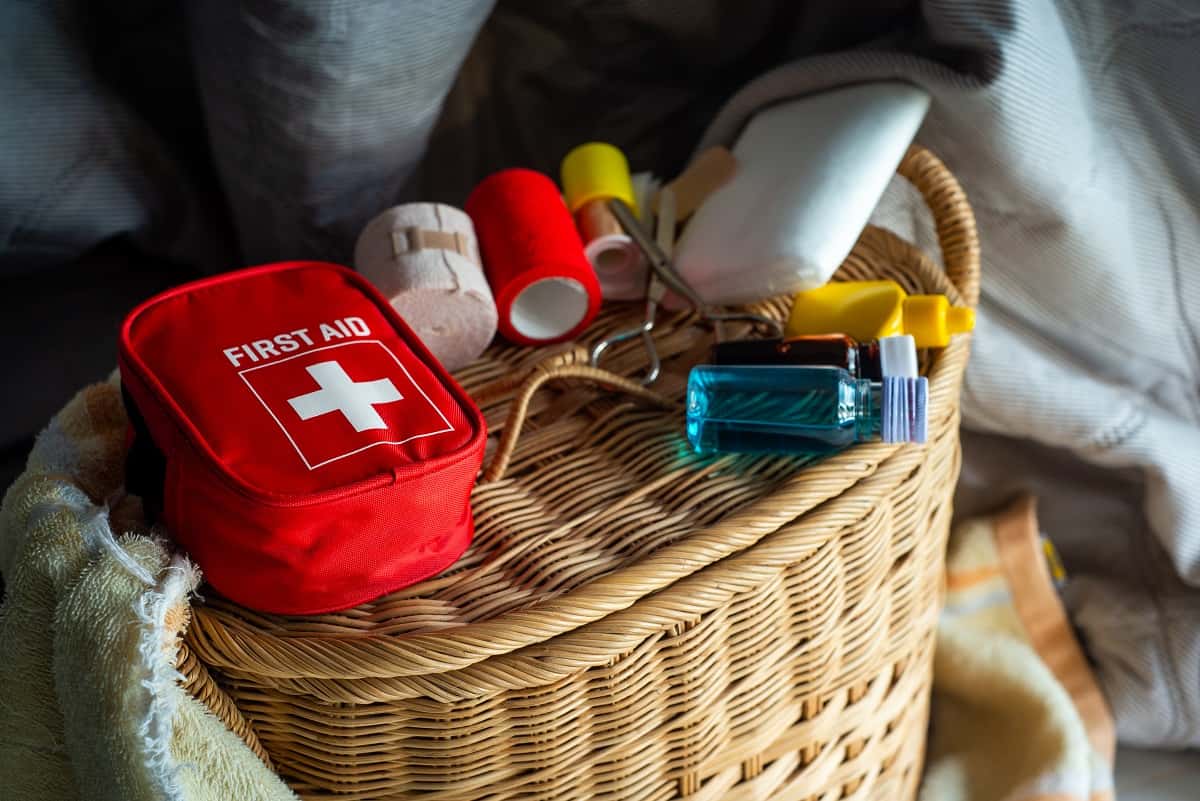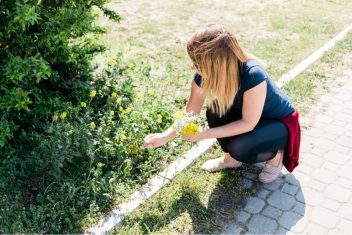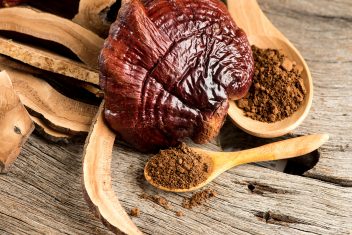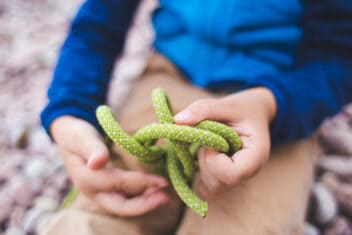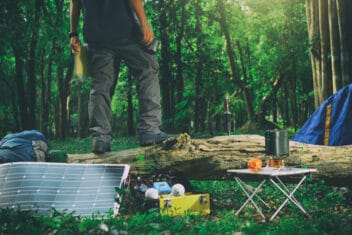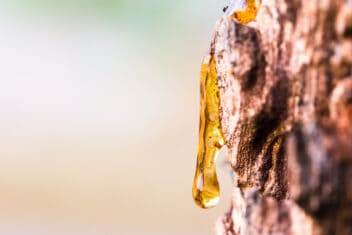We have been fortunate to have had only minor mishaps here on our farm. Occasionally, we’ll have to deal with a minor bump or scrape, sometimes a slightly more serious cut or burn. Every now and then, though, there is a situation that requires us to bust out our first aid kit.
When it comes to building a homestead first aid kit, you mustn’t consider just the gear you need to patch you and your family up, but also any supplies that you’ll need for your animals.
What you decide to keep in your homestead first aid kit, therefore, might vary depending on what kinds of animals you have (and how many). No matter what you choose to include, though, one fact remains the same – it’s essential that you keep one of these kits on hand for your own homestead.
Here’s how to build a homestead first aid kit and tips for staying safe on the farm.
Why You Need a Homestead First Aid Kit
The most obvious reason for creating a homestead first aid kit is so that you have the gear you need if an emergency arises. It could be something as small as a nick on the knee or something as serious as a gouge from a chainsaw that you need to patch until you can get to the hospital.
Whatever the case may be, being prepared is essential.
It’s doubly more important when you factor in the reality that most homesteaders live (by choice) several miles away from the closest town or city. While the peace and quiet are worth the drive, it also means you need to be able to handle emergencies should they occur.
Plus, life on the homestead can be dangerous! While there’s certainly something to be said about this way of life, one thing you can’t say is that it is safe. You are going to be doing everything from cutting down trees to working with livestock (who can occasionally get aggressive and unpredictable).
In short, being prepared is the best thing you can do, not only for your physical safety but also to help you stay calm rather than panic in a crisis.
10 First Aid Items For You and Your Family
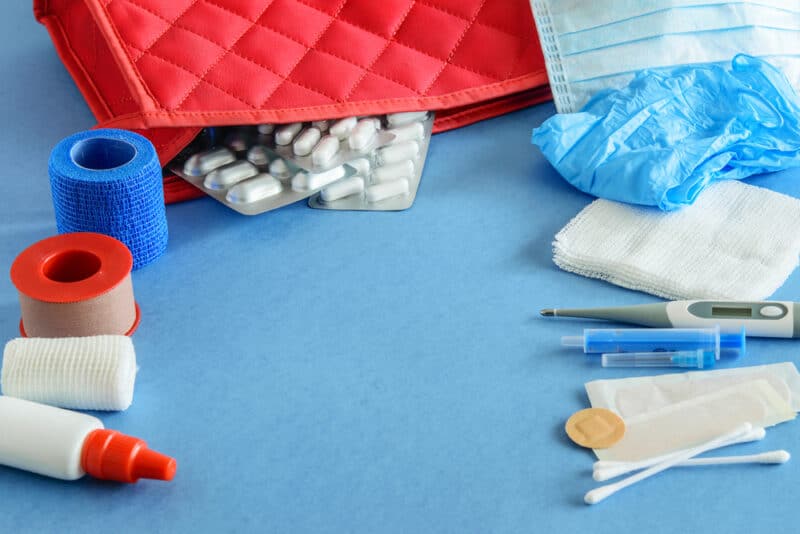
If you have kids, there’s a good chance that you already have a first aid kit, or at least have one started. It’s only expected that there are going to be injuries on your homestead. Some of the most common injuries you should be prepared to treat include:
- Burns
- Blisters
- Chainsaw injuries
- Cuts
- Heat exhaustion
- Poisoning
- Allergic reactions
- Machine-related injuries
- Back and neck injuries
Here is the gear you might have to include to address these issues.
1. Bandages
Bandages are pretty much the single most obvious piece of equipment you’ll have to keep stocked in your homestead first aid kit. Keep bandaids of several sizes and types (along with gauze) on hand in case of a minor cut or a more serious nick.
2. Iodine
Iodine is an antiseptic that you can use to prevent infections. Designed for external use, it can be used on cuts as well as to disinfect areas where medications need to be applied.
3. Prescription Medications
If anyone in your family takes any prescription medications, keep those in your first aid kit so that you have easy access in case there is an emergency that makes it difficult to get to the pharmacy. This should include things like Epi-Pens – something essential if you keep bees, too, even if there’s no known history of allergies.
4. Honey
You might be surprised to see honey on this list of the items you should keep on hand but it has a lot of benefits. Honey is helpful if somebody is suffering from heatstroke and it can also be used to calm the pain from a burn. It can be used on both people and animals.
5. Antihistamines
Last summer, I stepped on a total of three wasp nests. Three! Antihistamines were vital when it came to stopping the swelling and are even more essential if you have allergies of any kind.
6. Pain Relievers
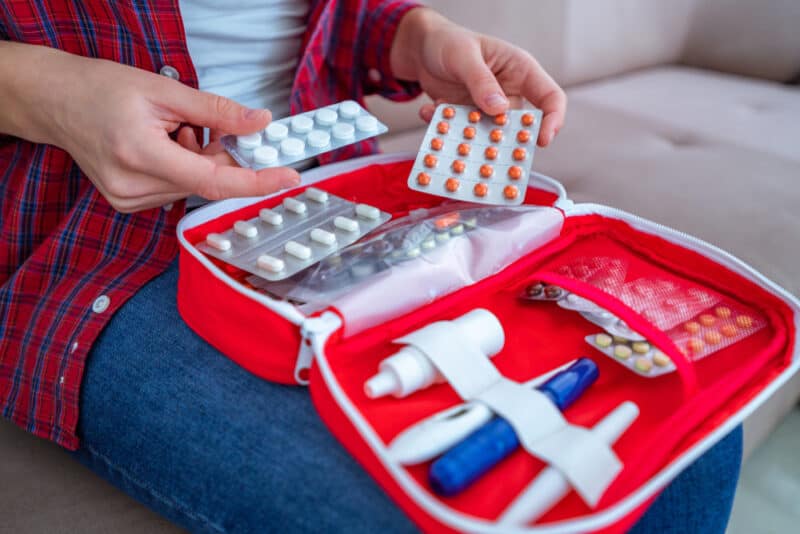
Keep all three kinds of painkillers in your first aid kit, as some work best for different kinds of pain and can only be given to certain groups of people. Pregnant women, for example, can’t take ibuprofen or naproxen.
For example, you might keep some acetaminophen, aspirin, and Aleve in your first aid kit so you have something for any need you might have.
7. Saline
Saline can be used both as an eye flush and a nasal rinse – keep some on hand so you’re covered either way.
8. Food and Water
Consider keeping a few days’ supply of water as well as some nonperishable foods (like energy bars) in your kit in case of an emergency.
9. Flashlight
A flashlight isn’t technically necessary for a first aid kit but it can be helpful in case there is an injury and you don’t have electricity. Trust me, tending to a wound in the dark can be a challenge!
10. Other Assorted Tools and Chemicals
You can customize the rest of your first aid kit with items you find you use most. Some options of things you might want to include are:
- Rubber bands
- Scissors
- Razor blades
- Tweezers
- Tums or Rolaids
- Ice packs
- Eye flush
- Mineral oil
- Rash cream
- Peroxide
- Rubbing alcohol
- Ear cones
10 First Aid Items For the Animals
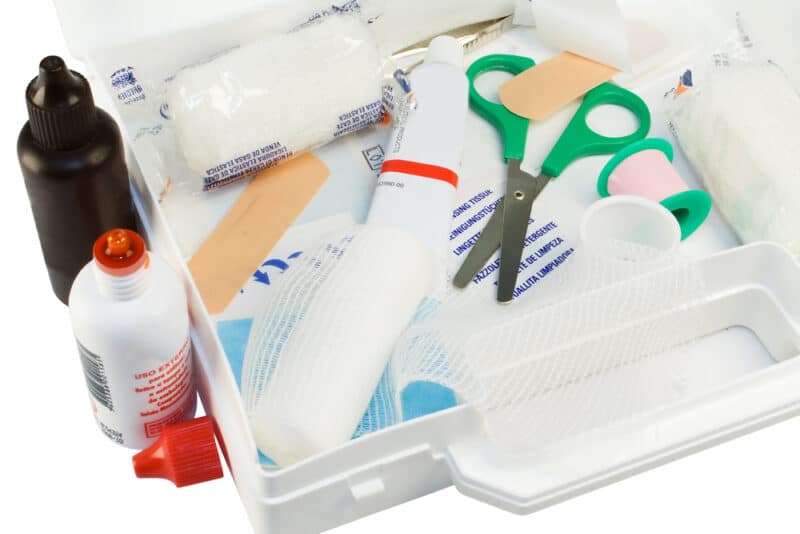
When it comes to stocking your homestead first aid kit for animals, you’ll have to first consider the types of livestock you have and the general tasks that you carry out with those animals regularly. If you have breeding animals, you’ll need a more well-stocked kit. Some of the situations you may need to be prepared for include:
- Broken bones
- Infections due to wounds or illnesses
- Cuts and scrapes
- Pregnancy and birthing related complications
- Parasites
There are several things you’ll have to include from your “people” first aid kit in the one for your animals, too. Many of these items are essential for everyone, such as:
- Iodine (you can get a very large bottle packaged specifically for veterinarian use at your local farm supply store for a good price)
- Bandages (you’ll need ones specific to the kind of livestock you have)
- Saline
- Scissors
- Razor blades
Here are some other items to keep on hand for your livestock.
1. Vet Spray
Also known as Blu-Kote, vet spray is essential if you have livestock. We always keep a few bottles on hand. You can use it on just about every kind of animal and it works by stopping the bleeding and forming a thin liquid bandage while also serving as an antiseptic.
It does stain anything it comes into contact with, though, so be careful! You can also use vinegar to disinfect wounds but it won’t do much to seal the wound.
2. Needles and Syringes
Needles and syringes are necessary for administering both planned and emergency doses of medication. I recommend keeping several extra packages of all the sizes you use in stock.
At least where I live, it is very challenging to purchase needles since you have to sign a logbook and show identification, with the whole process of purchasing these items sometimes taking half an hour or more. Definitely not something I want to be doing when I have an animal down and suffering.
3. Vaccinations and Medications
Whether you choose to vaccinate and chemically deworm your animals is up to you. However, make sure you keep an ample supply of all of these in stock if you do, and check the dates regularly since most do expire.
4. Gloves
Keep a box of latex gloves on hand for every person in your family. My husband and I wear two different sizes so I keep a box of both so we’re prepared if we need to work with an animal.
5. Antibiotics
There is a lot of debate about whether you should use antibiotics on your animals, but I choose to keep antibiotics on hand for one important reason. If one of my animals is sick and suffering (or otherwise at risk of infection), I’m will treat it. I always keep a few species-specific brands of antibiotics on hand so that we have them to use in a pinch.
Having an antibiotic cream on hand is also essential.
6. Vitamins
Keep a few vitamin solutions for all of your animals. There are all-stock solutions you can use if you have many different kinds of livestock or you can buy species-specific mixes.
7. Lubricant
This one might not be necessary if you don’t have breeding animals, but if you do, it’s a must-have. We use lubricant both when AI breeding our pigs as well as when we are helping to deliver piglets and lambs.
8. Pesticide Sprays
We never needed these on our farm – until one time, we did. One of our ram lambs came down with an awful botfly infestation last year and none of our go-to organic methods worked. We ended up having to purchase Permethrin to get rid of these pests and save the life of our lamb – it worked, and I’m so glad we had some on hand.
9. Diatomaceous Earth, Molasses, Garlic, and Apple Cider Vinegar
These are three items that we buy in bulk and use to treat our animals holistically. Molasses is loaded with B12 and sugars that can help pep up an animal who is suffering from an injury or otherwise not feeling like herself. Garlic and apple cider vinegar both are loaded with antioxidants and serve as great dewormers.
Diatomaceous earth can help rid animals of external parasites and can also be used as an edible dewormer, too.
10. Various Tools
Other tools and products you might want to have on hand include:
- Ropes and halters
- Prolapse harnesses (this probably isn’t necessary for everyone, but with multiple ewes having prolapses while lambing last year, we found that this tool was vital for us)
- Surgical scissors
- Vaseline or Bag Balm
- Electrolyte solutions
Other Tips for Staying Safe
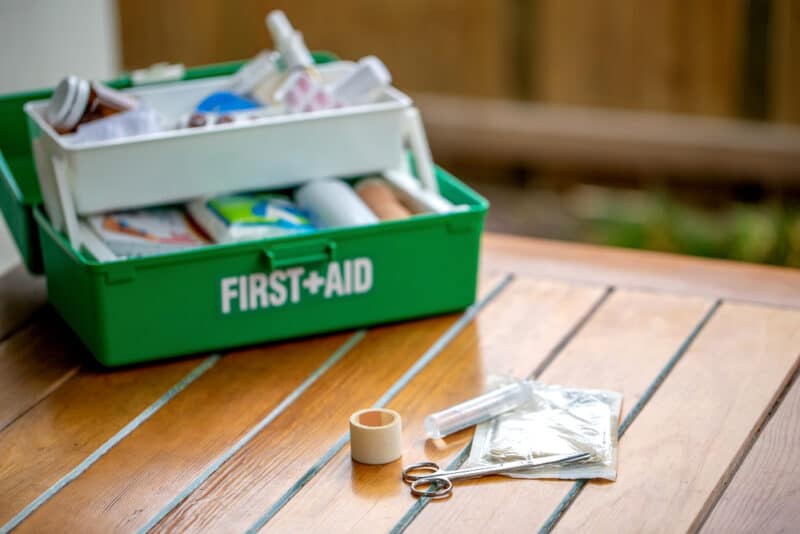
1. Check the Kit Regularly
Be sure to inspect your first aid kit regularly to make sure you haven’t used up all of its contents. Restock it and check expiration dates on any perishable items (like medications).
2. Make Sure Everyone is Trained
A good rule of thumb to follow when stocking your first aid kit is that if you choose to include a piece of equipment or product in it, every single person in your family needs to be trained in how to use it.
The same goes for basic medical skills, like CPR. Consider signing everyone up for first aid and CPR courses. These are usually low cost (sometimes free) and some are even available online. You might also consider a pediatric first aid course if you have kids living in the home.
3. Keep a List of Phone Numbers and Health Insurance Name & Policy Numbers
Whether you post it on a laminated sheet inside your first aid kit or just on a sticky note stuck to the fridge, make sure everybody has access to a list of phone numbers and health insurance information.
Emergency phone numbers should include phone numbers for any doctors you visit as well as those for local emergency services. Also include information for other people you might need to contact in a crisis, like your parents or your neighbors.
4. Blood Types, Allergies, and Medications
Having a list of each person in the family’s blood type is important. You can get this information by visiting your local health clinic and asking to have them test your blood. You can also get it when you donate blood.
The same goes for medications anybody is taking and allergies that family members might have.
Be Prepared – and Stay Safe
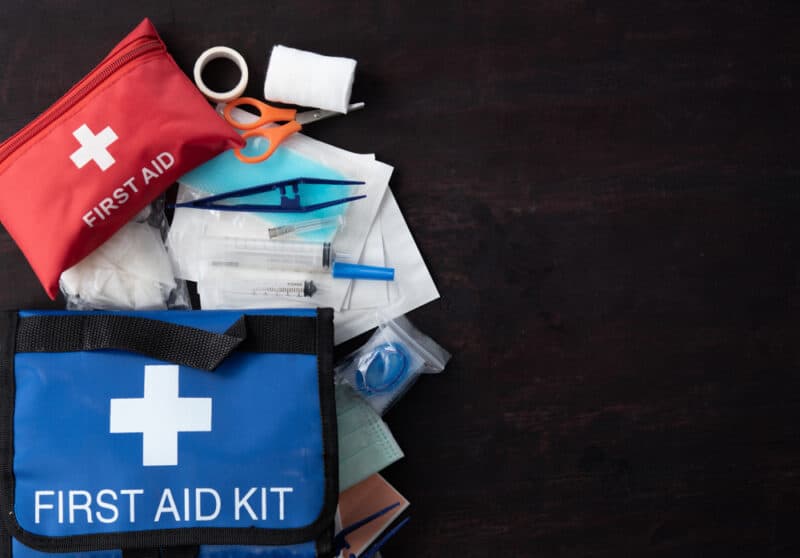
Being prepared for any kind of emergency on the farm is the single most important thing you can do when it comes to staying safe.
By having all of the gear, supplies, and equipment you need, you won’t have to panic when things go awry.
Make sure you know how to use each and every item in your homestead first aid kit. In most cases, you’ll be able to buy yourself time until you can get to a doctor or veterinarian.
